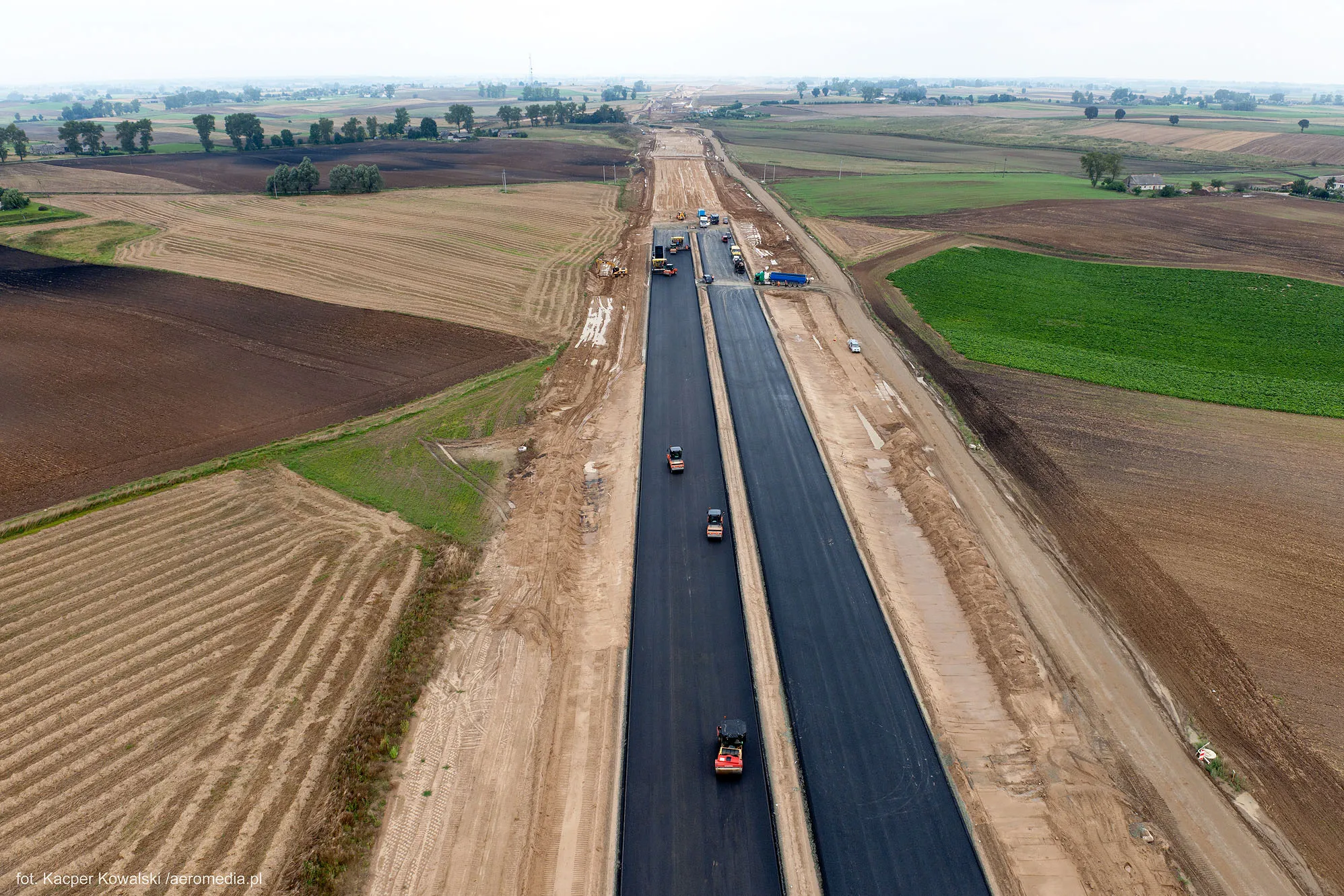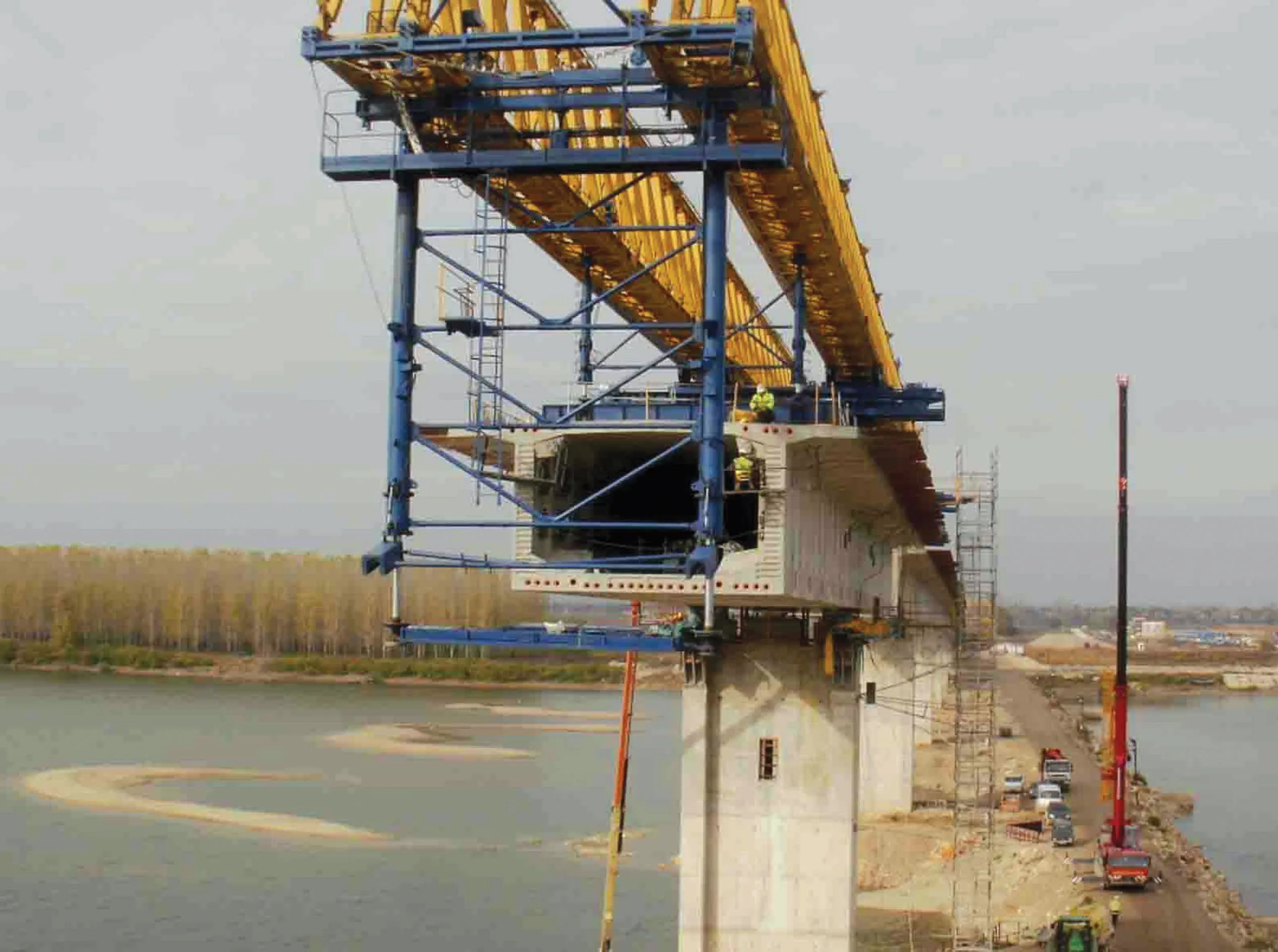The Japanese Government is planning to make several expressway sections toll-free. This forms part of a pilot programme, with six sections of the country's expressway network intended to be made toll-free for all vehicles.
February 10, 2012
Read time: 1 min
The Japanese Government is planning to make several expressway sections toll-free. This forms part of a pilot programme, with six sections of the country's expressway network intended to be made toll-free for all vehicles. The six road sections being considered for the pilot programme measure a total of 330km and include stretches of the Oita Expressway, Akita Expressway and the Doto Expressway. A further five more sections may be made toll-free for trucks and other large vehicles that are driven at night. These five sections would be made toll-free under the pilot scheme until December 2011 but the tolling would then be resumed for the winter. These five sections measure around 1,500km and include sections of the Kyushu Expressway and Tohoku Expressway. The government is also considering extending its existing toll-free pilot programme for fiscal 2010 until end-June 2011. The programme, which involved lifting tolls on 37 sections of 50 expressway routes, will expire on 31 March 2011 unless it is given the additional extension now under review.









